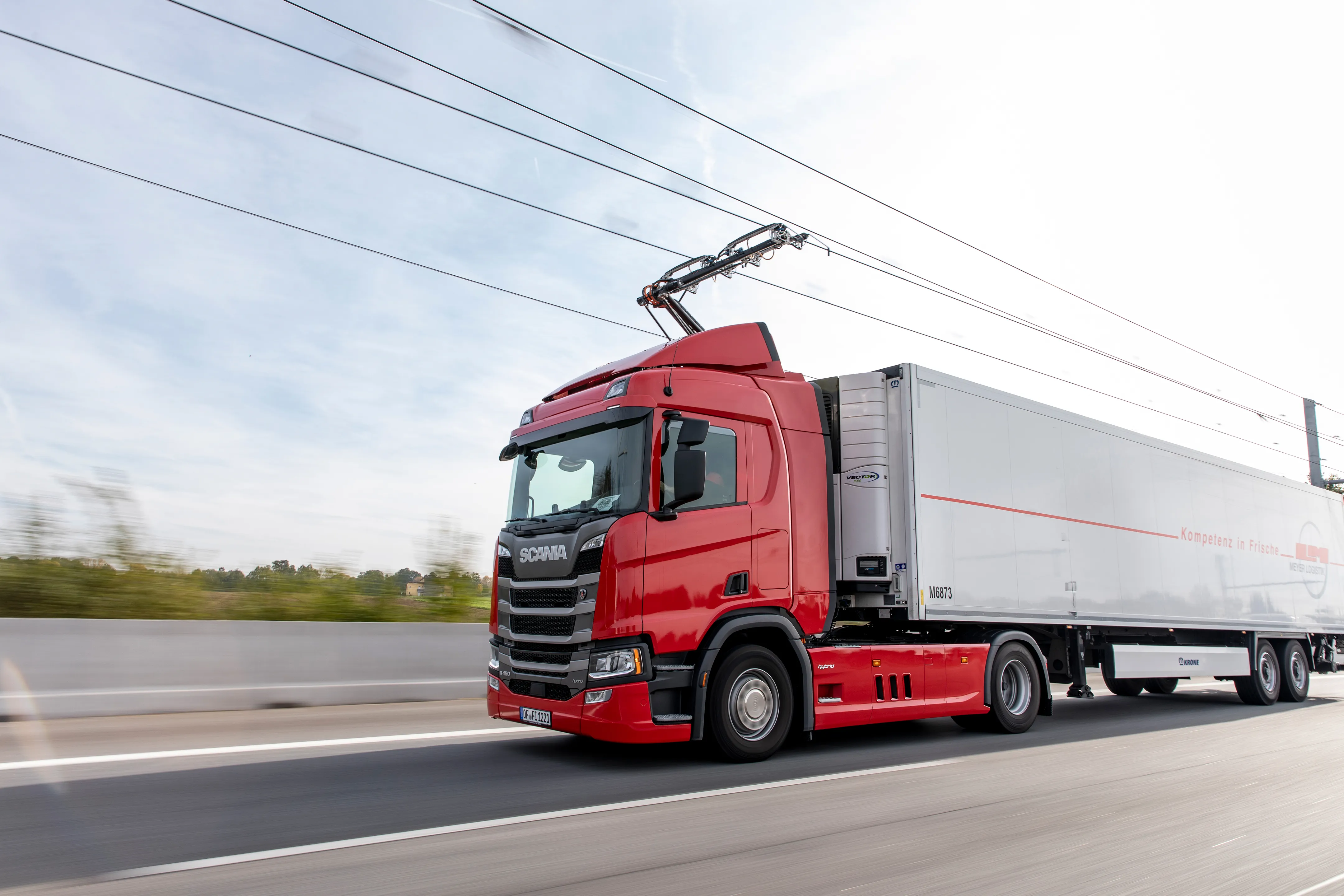A preliminary study to develop a modern intermodal hub at the Fontanarossa International Airport in Catania, Italy, will receive €1 million (US$1.44) in EU support from the 2010 TEN-T Annual Call. The study will develop plans for the optimal solution for building a single intermodal hub at the airport able to provide an effective multimodal interchange.
April 18, 2012
Read time: 1 min
RSSA preliminary study to develop a modern intermodal hub at the Fontanarossa International Airport in Catania, Italy, will receive €1 million (US$1.44) in EU support from the 2010 TEN-T Annual Call. The study will develop plans for the optimal solution for building a single intermodal hub at the airport able to provide an effective multimodal interchange.
The EU funded study involves the preparation of detailed designs in order to obtain all the necessary permits to build a large intermodal hub connecting the Catania airport to the local road network and to four main railway lines. If built, the hub will become the convergence point of the area’s major transport infrastructure, allowing for passengers and freight to quickly and easily transfer between air, rail and road, thereby fostering co-modality and efficient mobility.
The EU funded study involves the preparation of detailed designs in order to obtain all the necessary permits to build a large intermodal hub connecting the Catania airport to the local road network and to four main railway lines. If built, the hub will become the convergence point of the area’s major transport infrastructure, allowing for passengers and freight to quickly and easily transfer between air, rail and road, thereby fostering co-modality and efficient mobility.










